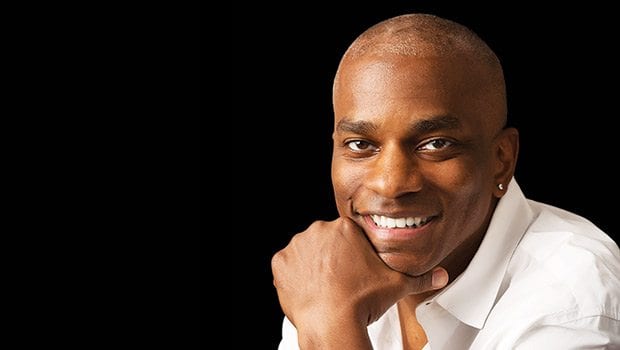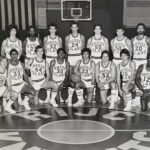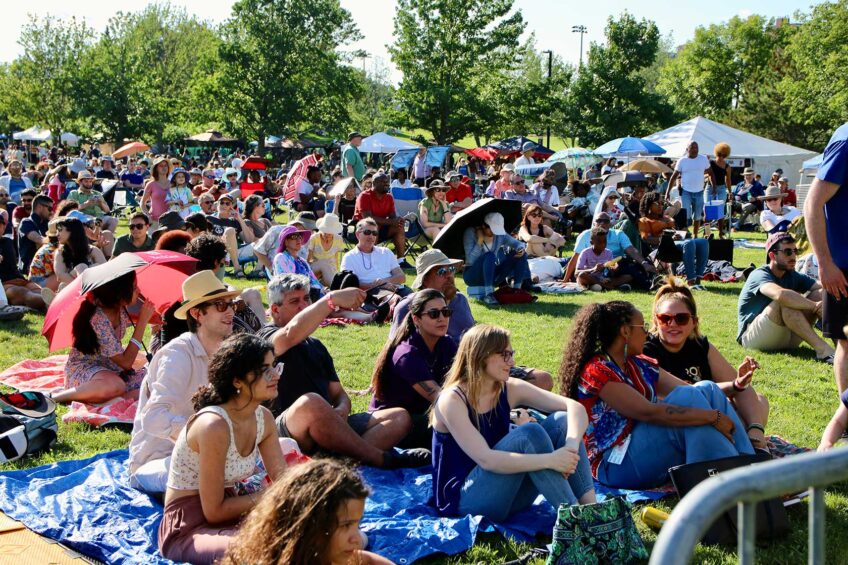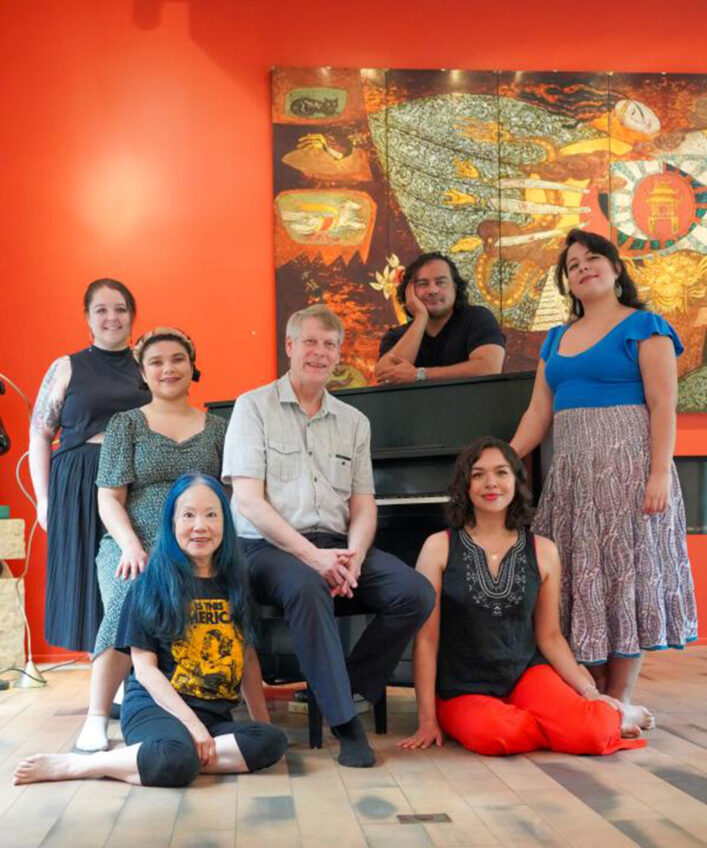Meetin’ with Seaton
Eric Dean Seaton directs ‘Legend of the Manatamaji’

Born and raised in Cleveland, Ohio, Eric Dean Seaton was studying television and movies with the dream of one day becoming a director while most of his friends were running the streets. After graduating from Ohio State University, he moved to Hollywood where he proceeded to climb the showbiz ladder as an assistant director on such television series as “Living Single” and “The Jamie Kennedy Experiment.”
In 2004, Seaton made his directorial debut on the Disney Channel’s top-rated sitcom, “That’s So Raven.” The two-time, NAACP Image Award-nominee in the Best Comedy Director category went on to direct over 210 episodes of 38 different television shows and 18 music videos. He also has shot a couple of pilots for Nickelodeon, and a couple of others for Disney XD.
Here, he talks about directing “Legend of the Manatamaji,” a short feature film adapted from his trilogy of graphic novels of the same name.
You’re very well known for directing TV shows. What interested you in comic books?
Eric Dean Seaton: Growing up, my dad worked out of town and used to come home on the weekends and take me to a coffee shop that had comic books. I would binge-read them in one day. Years later, when I moved to California, I lived down the street from a comic book shop. Later, one of my first jobs was on the sitcom Living Single. The director was married to the president of Marvel Comics. So, every Tuesday, tape day, I would drill him about all things Marvel. Finally, he invited me down to a company they bought called, Malibu Comics. After a tour, the editor asked me if I wanted to write a Spider-Man, Stop the Violence special. I did, but Marvel went into bankruptcy, so I never received a copy. After that, I knew I had to do my own.
Where did you come up with the idea for “Legend of the Manatamaji”?
EDS: It was just a mind meld of everything I wanted to see done in a story. I took real things like the Ankh and blended them into a totally imaginative story.
How would you describe your characters?
EDS: All of them are flawed individuals, because that makes for the most interesting stories. I made sure, however, to include strong female characters and a multi-cultural cast; because this reflects the world we live in today.
What message do you think people will take away from the film?
EDS: Heroes come in every race and gender, and that independent books can offer even greater and more imaginative stories than some of the mainstream companies can.
This series of graphic novels certainly seems timely, given how there’s suddenly a profusion of black superheroes onscreen.
EDS: I would agree. There is a profusion of superhero sidekicks and co-stars on screen, but there haven’t been many lead superheroes onscreen anywhere, with the exception of “Fantastic Four” and Michael B. Jordan’s role, and “Star Wars: The Force Awakens” with John Boyega. There won’t be a leading role for African-American actors in theaters until Black Panther in 2018. And even then, he will be introduced as a story point for other non-black heroes. The opinion, here, is that we still have long ways to go, but, hopefully, Legend of the Mantamaji is opening doors for other main heroes and reaffirming that the story is just as good, if not better.
What was the biggest challenge in adapting Legend of the Manatamaji to the screen as a live-action as opposed to an animated short?
EDS: Adjusting the look and tone of the books to match a real world. I think we proved that the tone of the books lends well to other media. The suit is exactly the same except the arms, and that is because we ran out of time making it. We had to shoot it in January on a certain weekend because of the equipment we got. But only I, as a creator, notice the arm difference. In making more down the line, we will actually do the arms just like the books.
What are your future plans in terms of this series?
EDS: We are currently working on Book 4 which will be titled Legend of the Mantamaji: Bloodlines. It continues the story of the characters that survived the original series and introduces a few new ones that may change the history of the series as we currently know it to be.
What else do you have on tap?
EDS: We are also looking to shoot more shorts where we can introduce more of the characters. People are always asking if we are going to make a movie. We would love to but in 2015, with the exception of Michael B. Jordan, there isn’t a black actor under the age of 40 that can open a movie. Kevin Hart can, but he’s a comedian. So, we are looking to find a company willing to invest in the adventure knowing it fills a niche demographic, African-Americans, in an underserved market, while it is also multi-cultural with a universal appeal.
What was your very first job?
EDS: Delivering papers for the Cleveland Plain Dealer. I lived in a predominately-Jewish neighborhood filled with concentration camp survivors. Imagine a little black boy with a big German shepherd coming to your door every morning. Everyone was super nice, but I learned at a very young age a lot about the atrocities of World War II and how lucky I was to be young and free, even though racism was alive and strong.
What’s the craziest thing you’ve ever done?
EDS: Back in 2000, I was not working and my career seemed dead before it even got started. My dad wanted me to come back home and become a teacher. I got so mad I told him I was going to get the first AD job on “That’s So Raven” and that in two years they were going to let me direct and I would go on to become a full-time director. Not only did I not have the job, but also I didn’t even have the interview. I was pissed he was giving up on me and my dreams. Yet, everything I said in that conversation came true. And years later, after buying my first townhouse, I flew my father out to Los Angeles First Class and, in the car ride home from the airport, he said, “You did good.” That was his way of saying he approved.
What advice do you have for anyone who wants to follow in your footsteps?
EDS: If it’s directing, you have a video camera on your phone, go shoot something. If it’s graphic novels and comic books, be prepared for the glass ceiling. People will always say, “It’s great for an independent.” That is telling you right there that they think it can only go so far. But break that glass! It’s the only way to really make a difference in the comic side of the business.






